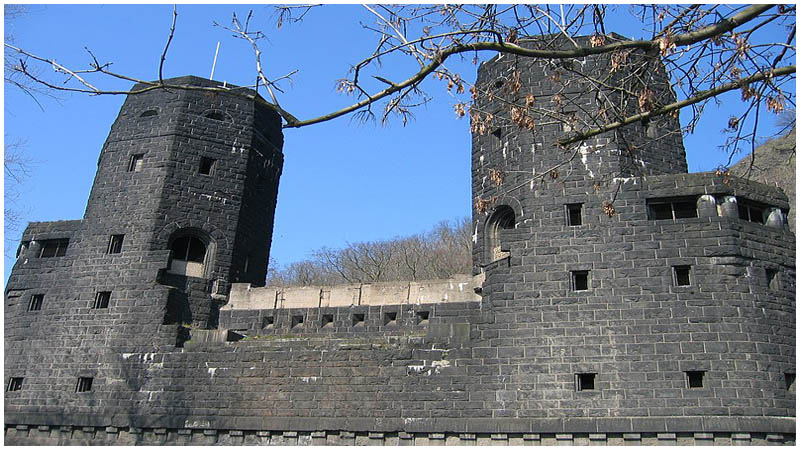Bridges have always been an essential part of transportation. Their ability to conquer mighty rivers and allow large numbers of people to safely transverse back and forth between their shores make them frequently the difference between life and death.
The history of bridge construction goes deep into the past, with references in ancient Greek and Roman texts, and even in ancient Indian Sanskrit manuscripts.
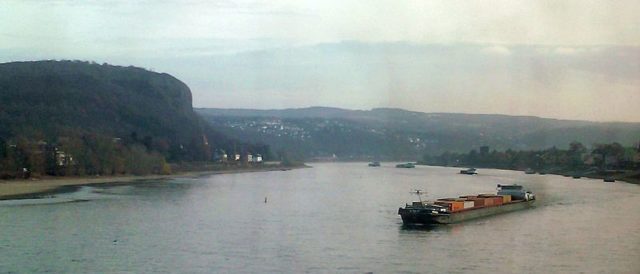
Situated on the mighty River Rhine, Ludendorff Bridge holds a more contemporary position in the calendar of human achievements. The river stretches for more than 760 miles and the bridge, sometimes referred to as the Bridge at Remagen, is one of many to cross its banks.
The town of Remagen has a rich history that spans over two millennia and includes many bloody wars. Turbulent times have resulted in the town being brought to the ground and rebuilt many times over the years.
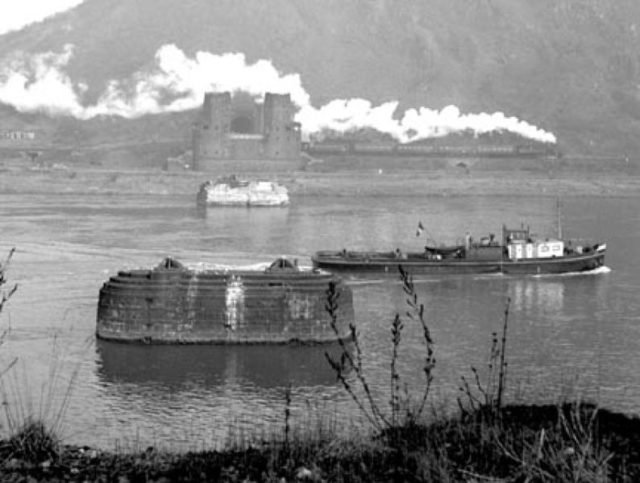
Under the Schlieffen Plan, the towns of Remagen, Rudesheim, and Engers were to each receive a bridge. The German General Erich Friedrich Wilhelm Ludendorff was a key figure in the request for a bridge in Remagen, and the bridge bore his name as a result.
Architect Karl Wiener was asked to design the Ludendorff Bridge, and this he did, unaware of the role the bridge would play in German history.
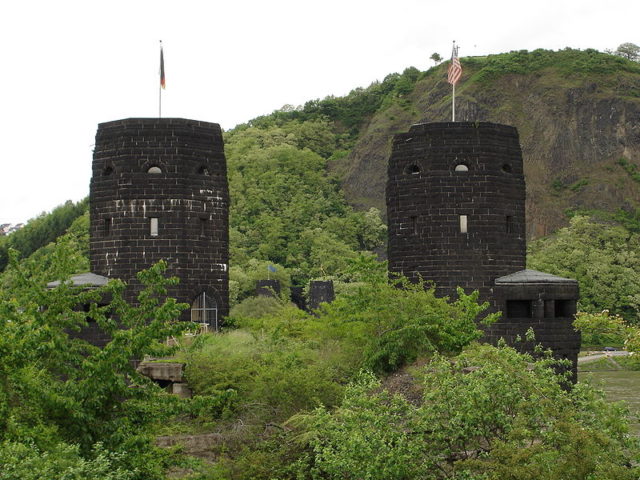
Construction began in 1916, two years after the start of World War I, using prisoners-of-war as the workforce. The bridge’s design included two railway lines as well as catwalk on both sides.
The company Grün & Bilfinger, today known only as Bilfinger, was responsible for constructing the bridge’s arches and pillars, and the steel framework was manufactured by MAN-Werk Gustavsburg, also known as MAN SE.
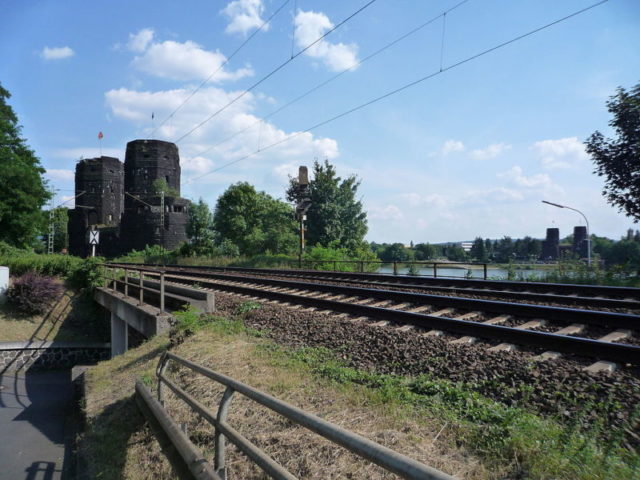
The bridge was one of three that were built during the First World War to improve railway routes between France and Germany. The others were the Urmitz Bridge and the Hindenburg Bridge.
The Ludendorff bridge stood 48 feet above the river, and its double railroad tracks were designed to be easily covered with wooden planks, allowing conventional vehicles to pass over it. Costs for its construction surpassed 2 million marks. As the bridge was a military project, both sides of the bridge were guarded by two stone towers, capable of fitting a full battalion of soldiers.
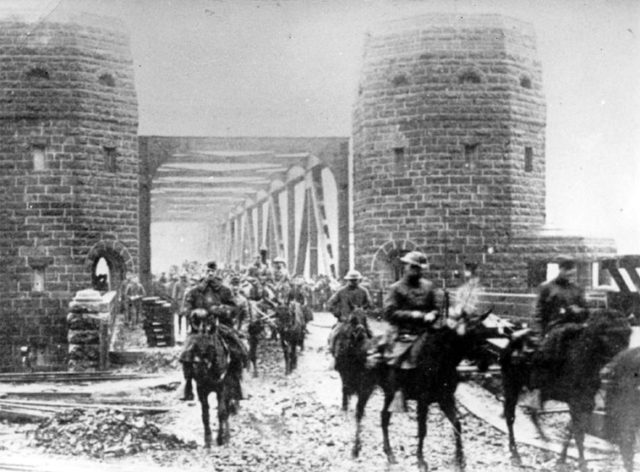
Furthermore, the design of the bridge incorporated cavities within the piers where explosives could be placed if the need arose.
In 1938, the German area of Rhineland was remilitarized and the bridge was rigged with explosives as a means of protection. In 1944, Hitler decreed that any officer responsible for unnecessarily blowing up a bridge would be court-martialed. As a result, officers at Ludendorff Bridge were ordered to remove the explosives.
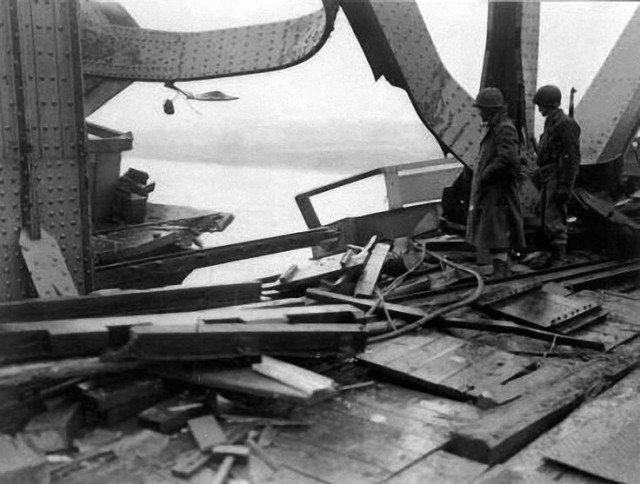
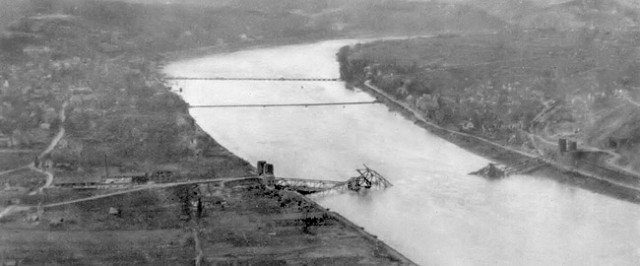
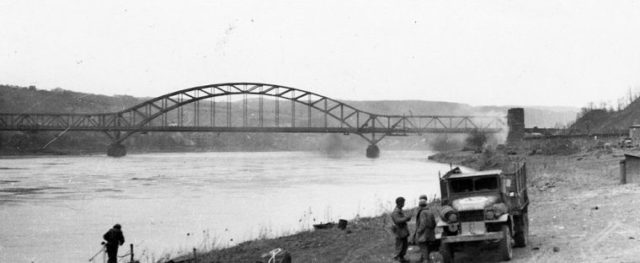
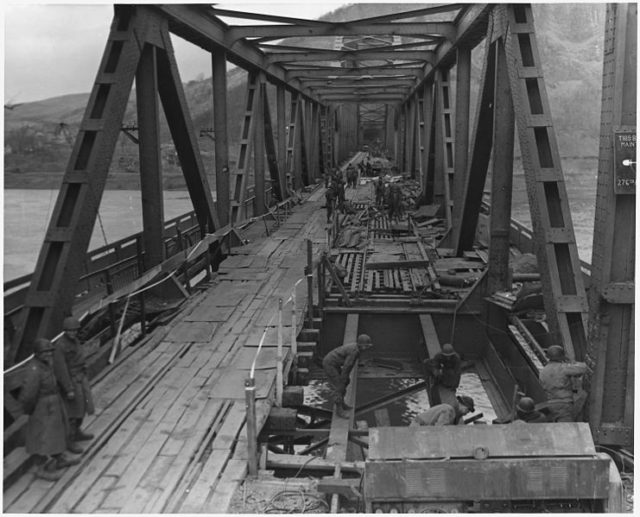
A year later, as the Second World War was nearing its end, the 9th Armored Division of the United States Army managed to reach Ludendorff Bridge and found it, to their surprise, undamaged and fully functioning.
The U.S. soldiers quickly established a bridgehead and managed to capture it and send U.S. forces across the Rhine. The end was near for the bridge. On March 17, 1945, just ten days after it was taken over by the U.S. Army, the bridge collapsed, killing 28 U.S. Army Engineers and injuring more than 90.
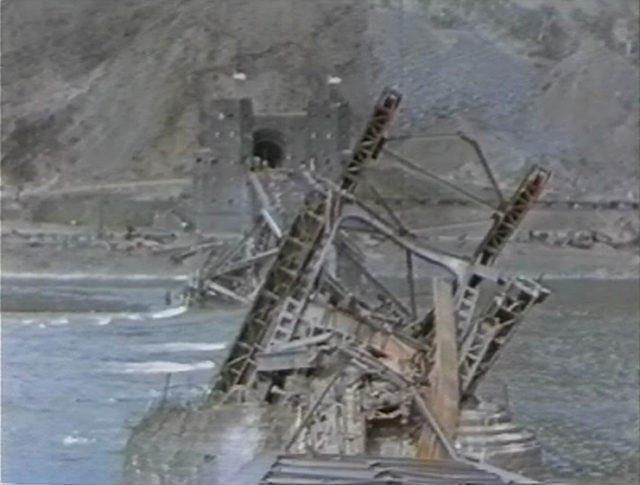
Once the war was over, the need for a railway bridge became greatly reduced and so it was never rebuilt. The two stone towers were all that survived; in 1980 they were converted into a museum that told the story of the bridge and its disastrous end.
The waters of the River Rhine contained the two bridge piers for a number of years, but these were removed in 1976 as they posed a threat to the safe navigation of the waters.
